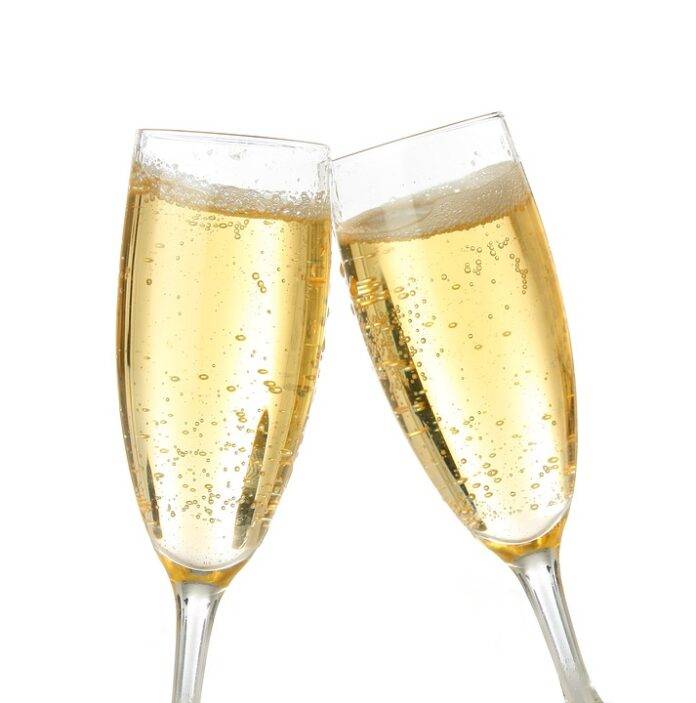Champagne Producers Embracing Sustainability and Transparency
The Shift Towards Sustainability in the Champagne Industry
In recent years, Champagne producers have been increasingly focusing on sustainability and transparency in their operations. This shift is driven by consumer demand for environmentally friendly products and the industry’s recognition of the need to reduce its carbon footprint.
One of the key areas where Champagne producers are making strides in sustainability is in vineyard management. Many producers are adopting organic and biodynamic farming practices to reduce the use of chemical pesticides and fertilizers. These practices not only benefit the environment but also result in healthier vines and better-quality grapes.
Additionally, Champagne houses are investing in renewable energy sources such as solar panels and wind turbines to power their operations. By reducing their reliance on fossil fuels, producers are able to lower their greenhouse gas emissions and contribute to a cleaner environment.
Transparency in Champagne Production
Transparency is another important aspect of sustainability that Champagne producers are embracing. Consumers are increasingly interested in knowing where their food and beverages come from and how they are produced. Champagne houses are responding to this demand by providing more information about their production methods, sourcing of grapes, and sustainability practices.
Some producers are even going a step further by using blockchain technology to track the entire production process from vine to bottle. This allows consumers to verify the authenticity of their Champagne and ensures that it has been produced in a sustainable and ethical manner.
Financial Data and Industry Insights
The Champagne industry is a significant contributor to the French economy, with exports totaling over €4.7 billion in 2019. The industry employs over 30,000 people in the Champagne region and supports a wide range of related industries such as tourism, hospitality, and agriculture.
Despite its economic importance, the Champagne industry faces challenges such as climate change, fluctuating grape prices, and changing consumer preferences. By embracing sustainability and transparency, Champagne producers are not only addressing these challenges but also positioning themselves for long-term success in a competitive market.
Leading Champagne Producers in Sustainability
Several Champagne houses have emerged as leaders in sustainability and transparency within the industry. One such example is Champagne Billecart-Salmon, which has been practicing organic farming since 2012 and is committed to reducing its environmental impact.
Another notable producer is Champagne Ruinart, which became the first Champagne house to obtain the “High Environmental Value” certification in 2012. This certification recognizes the producer’s commitment to biodiversity conservation, reduced pesticide use, and energy efficiency.
Conclusion
In conclusion, Champagne producers are taking significant steps towards embracing sustainability and transparency in their operations. By adopting organic farming practices, investing in renewable energy sources, and providing more information to consumers, producers are not only meeting consumer demand but also safeguarding the future of the Champagne industry. As the industry continues to evolve, it is likely that sustainability and transparency will play an increasingly important role in shaping the future of Champagne production.


